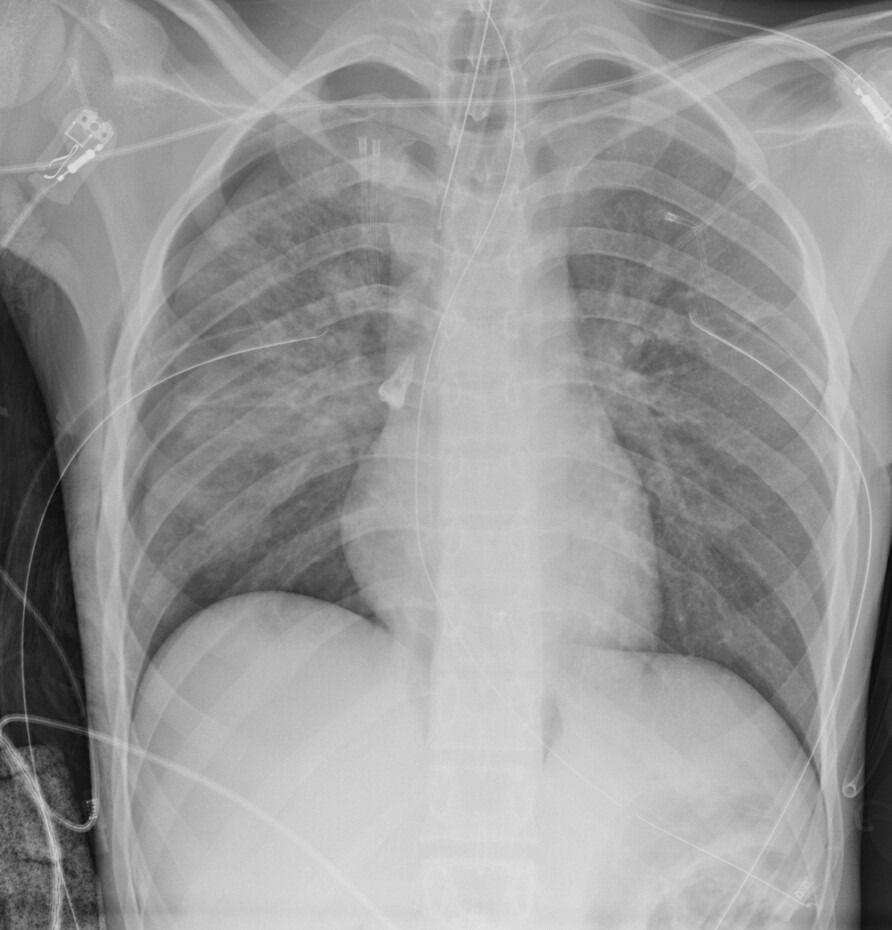By: Dr. Abhishek Kumar Pandey, Asstt. Editor-ICN
LUCKNOW: Ingestion of dental foreign bodies is common. Sometimes it may cause serious and fatal injury to the airways and gastrointestinal tract. The complications of foreign body ingestion depend on size and shape of object, its sharpness and anatomical location of ingestion. The major complication of foreign body ingestion is obstruction and perforation. Perforation is especially dangerous in the oesophagus.
Radiographs remain the mainstay of initial foreign body detection, especially if the object is related to dental material. When swallowing of a foreign body is suspected, anteroposterior (AP) and lateral neck, lateral chest, and abdominal radiographs should be obtained to perform a complete examination and search for the presence of an ingested foreign body. Although radiographs are not sensitive for detecting radiolucent substances, most dental materials are radiopaque and are thus likely to be visible radio graphically. Radiograph scan provide initial assessment information regarding location, size, shape and number of radiopaque foreign bodies as well as help in determining the general evidence of obstruction or perforation.
Chest radiography is very helpful in demonstrating and evaluating radiopaque oesophageal foreign bodies; moreover, the lateral chest radiograph is important to distinguish between ingested foreign bodies located in the thoracic oesophagus and inhaled foreign bodies located within the trachea. Although a CT scan can be also used to localize a foreign body, it is more useful in defining the precise extent of the injury to the involved organs and the damage to the surrounding tissues.
Ingestion of Dental crown..! What to do?????
Sometimes very rarely, during eating, the dental crown may come off and before realising, it may swallowed along with food. If this happens, then you have 2 options to do –
- Regurgitate the contents of stomach and look for the crown.
- Look for your swallowed crowns in your stool. Start looking your crown in your bowel movements. Once you know you have swallowed your crown you might eat some corn. It won’t necessarily pass through at the exact same rate as your crown. But it can act as a marker of sorts.
In some cases, it’s possible that the crown could have become lodged in the digestive tract. Sometimes it might have entered into the airway also. These are less likely events but x-ray examination is used to definitively identify the location of crown that lost internally.
The majority of small dental objects, such as teeth and dental bits will uneventfully pass through the GI tract and can be followed with serial radiographs. Some cases, such as denture ingestion, will require early intervention and advanced imaging. When lodging in the pharynx or oesophagus occurs, a directed imaging investigation should be conducted to evaluate for the presence of predisposing risk factors, underlying oesophageal pathology and potential complications. Assessment of an ingested dental foreign body should include evaluation of the object type and location, as well as considerations that are likely to predict the likelihood of a perforation, such as relationship relative to the GI sites of anatomic narrowing (such as sphincters and angulations), size and shape of the foreign body, age of the patient and duration of the object lodging at that specific location.
Although several strategies have been employed in dentistry to avoid aspiration or ingestion of foreign objects, prevention is considered as the best method for managing such episodes. The use of a rubber dam is considered as the easiest, effective, and most common preventive measure for routine restorative and endodontic procedures. However, many dental interventions do not allow the use of rubber dam primarily orthodontic, prosthodontics, and various microsurgical procedures. In these scenarios, the other recommended protective methods such as gauze throat screens, high vacuum suctions, customized impression trays, floss ligatures for minor items, use of more upright position are practiced to minimize risk of ingestion or aspiration with special concern in patients with diminished protective reflexes.
Strategies to prevent aspiration-
- Use a rubber dam
- Use a gauze throat pack
- Use high velocity evacuation
- Use Wash field technique
- Use a high viscosity type of impression material
- Use a custom tray, with an open palate design for maxillary arch impression
- Observe the entire impression procedure
- Use a more upright position if possible
- Provide thorough instructions to the patients
The general dental practitioners should be extremely attentive in handling of minor instruments during any intervention related to the oral cavity, especially in the supine or semi-recumbent position of the patient. They must be aware of a correct protocol to manage those patients who are suspected of having ingested/aspirated a foreign body. They should also take necessary steps to avoid such emergencies during routine dental treatment.




